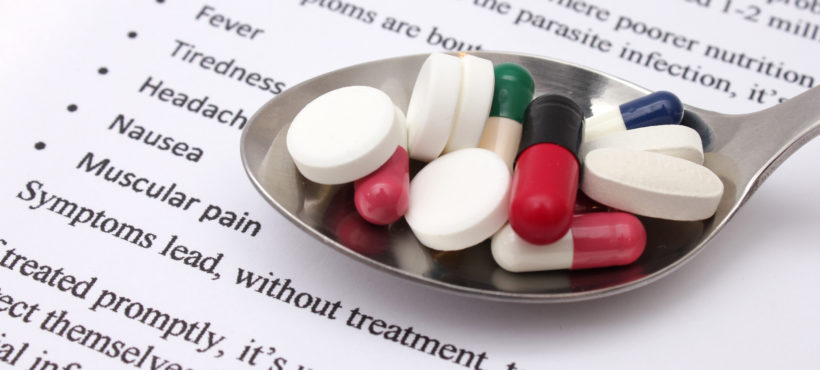
How Color and Taste Affect Your Medicine
When it comes to medication it may come as a surprise how many patients unknowingly give importance to the shape and color of their pills. Not only does it alter the circumstances in which they take their medication, but causes them to question the function of the pill if it has a different physical appearance. In a study conducted by the Institute for Safe Medication Practices, researchers found that humans give high importance to shape and color in medication. Easily distinguishable physical features of the same drug varied in likelihood of consumption depending on color. This study was performed because people had stopped taking their due to different colors and shapes.
Color coding is an often misused way of identifying medication. For many people, the perception of a pill’s function has been enforced in its shape and form, which leads to ignorance when some do not pay enough attention to the medication they ingest. These assumptions can be dangerous if a patient grabs the wrong bottle with similar colored pills.
There is also a phenomenon where people form judgments on the effectiveness of a medication based on irrelevant factors such as taste or shape. For example, the slogan for Buckley’s Mixture, “It Tastes Awful. And It Works” was wildly successful due to the perception that medication had to taste bad to be effective. Similar to color, taste should have no effect on a medicine’s effectiveness; however, the perception of unrelated factors does have an impact on whether a drug is taken.


